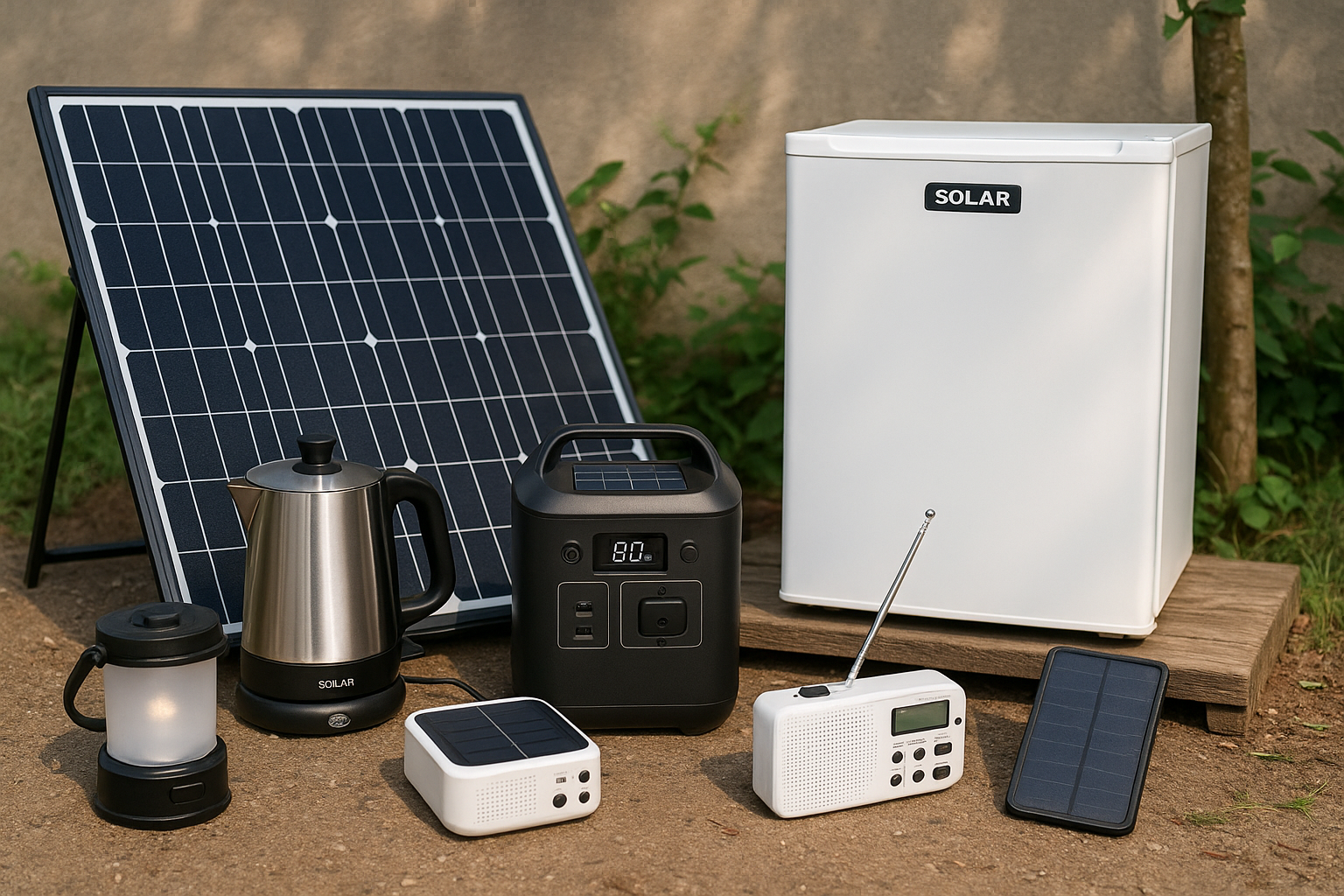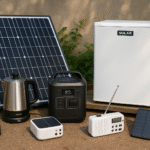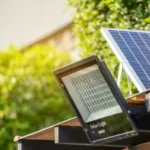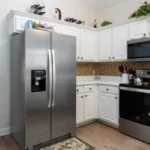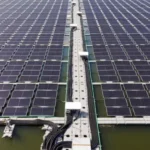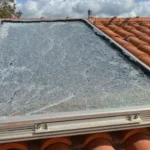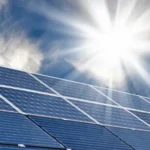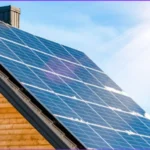Imagine this: it’s a sunny Saturday morning, your coffee is brewing, your laundry is running, and your electric car is charging, all powered by sunlight streaming onto your rooftop. No meter spinning wildly, no guilt about high bills, and no wondering if the grid will go down during a summer heatwave.
For many homeowners and small business owners, this is no longer a dream. It is daily life. The key is not just having solar panels, but knowing how to get the most from them, especially when using solar appliances that are designed for efficiency and longevity.
In this guide, I will share what I have learned after years of working alongside solar installers, troubleshooting homeowner systems, and helping clients maximize their energy output. We will cover practical tips, real-world examples, and the sometimes overlooked factors that separate average solar setups from truly optimized ones.
Why Solar Appliances Matter More Than You Think
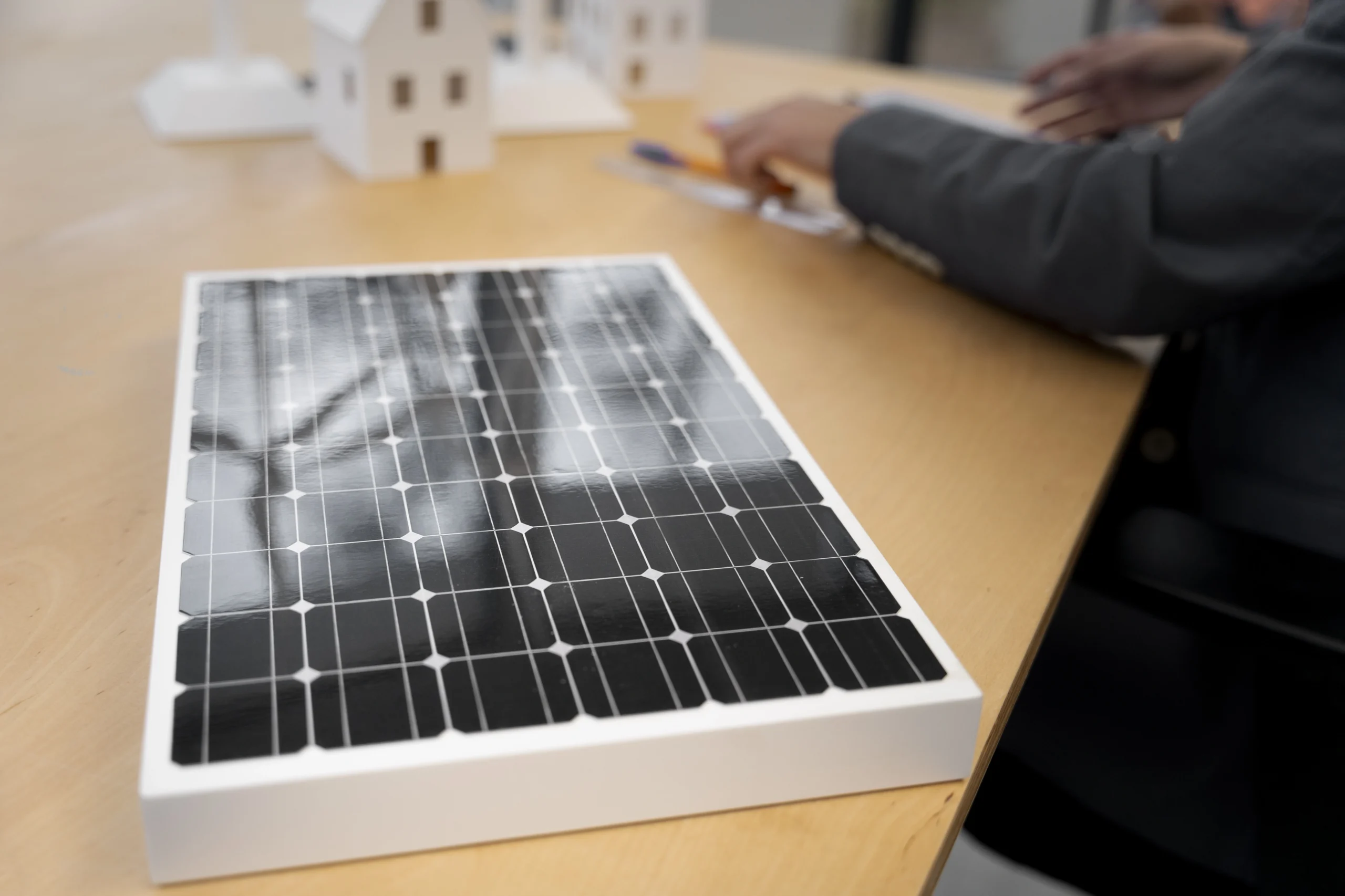
Solar energy systems are not just about generating power. They are about using that power smartly. The appliances you choose can directly affect your savings and your system’s lifespan.
Here’s why:
- Efficiency synergy – Solar-ready appliances (like DC-powered fridges or high-efficiency induction cooktops) reduce conversion losses.
- Peak load management – Appliances with programmable timers let you run energy-intensive tasks during peak sunlight hours.
- Battery life extension – Lower energy demand means fewer deep discharges, which helps batteries last longer.
I once worked with a client in Tucson who switched from a standard electric water heater to a solar-ready heat pump water heater. Without adding any extra panels, they freed up about 1.5 kWh per day for other uses. That was enough to run a dishwasher and a load of laundry entirely on solar.
Understanding Real-World Panel Output
You might think your 400W panel always gives you 400W. Not quite. Factors like shading, panel temperature, and dirt buildup affect output.
Key reality check:
- Soiling losses (dust, bird droppings, pollen) can reduce efficiency by 5 to 20% depending on your region (source: NREL).
- Heat reduces efficiency. Most panels lose about 0.4% output per °C rise above 25°C.
In Phoenix, I saw a homeowner’s summer output drop 15% purely from accumulated dust and desert grime. A quick rinse every few weeks restored it.
Pro Tip: Schedule cleanings or DIY rinses after pollen season or during dry, dusty months.
Charging Your EV with Home Solar
With EV adoption booming, pairing a home solar system with an EV charger is a game-changer. But not all chargers are equal.
What to look for in a solar EV charger:
- Solar priority mode – Uses only surplus solar before pulling from the grid.
- Variable rate charging – Slows down when clouds roll in, speeds up when sun returns.
- App integration – Lets you schedule charging during peak solar hours.
A small business owner I worked with in San Diego upgraded to a smart charger that synced with their inverter. As a result, they charged 90% of their annual driving purely on sunlight.
Cleaning & Maintenance: Avoid the “Invisible” Losses
Neglecting maintenance is the fastest way to waste solar potential. Here’s my go-to homeowner checklist:
Monthly Quick-Check
- Visually inspect panels for dirt, leaves, or shading from new plant growth.
- Check inverter display for error codes or unusual drops in daily output.
Quarterly or Semi-Annual Deep Clean for Solar Appliances
- Use a soft brush or hose with gentle spray.
- Avoid harsh detergents. Plain water is best.
- Never clean panels during the hottest part of the day to prevent thermal shock.
Annual Professional Inspection
- Have a licensed installer check wiring, mounting hardware, and inverter logs.
- Request a shading analysis if trees have grown since installation.
Common Installation Mistakes to Avoid When Using Solar Appliances
From my field experience, these three issues cause the most trouble:
- Undersized inverters – Limits your system’s peak output.
- Ignoring appliance upgrades – Keeping old, inefficient appliances undermines solar ROI.
- Poorly planned array orientation – East or west arrays can sometimes outperform south-facing ones if your household uses more power in the morning and evening.
Off-Grid & Backup Power with Solar Appliances
Going off-grid is no longer just for cabins in the woods. Many homeowners now opt for hybrid solar systems with batteries and backup inverters.
Key components for off-grid or partial-off-grid living:
- Solar appliances designed for DC or ultra-low power draw (fridges, ceiling fans, LED lighting).
- Smart inverters capable of grid synchronization and battery charging.
- Lithium-iron-phosphate (LiFePO₄) batteries for longer cycle life.
When a client in rural Colorado added a DC-powered deep freezer, their battery bank lasted through three consecutive cloudy days without running the backup generator.
Solar Battery Care: Protecting Your Energy Bank
Your battery is the heart of your solar storage system. A few small habits can add years to its lifespan:
- Avoid full discharges – Keep batteries between 20 and 80% state of charge when possible.
- Temperature matters – Batteries degrade faster above 30°C or below freezing.
- Firmware updates – Some smart batteries improve efficiency with software updates.
ROI & Long-Term Savings
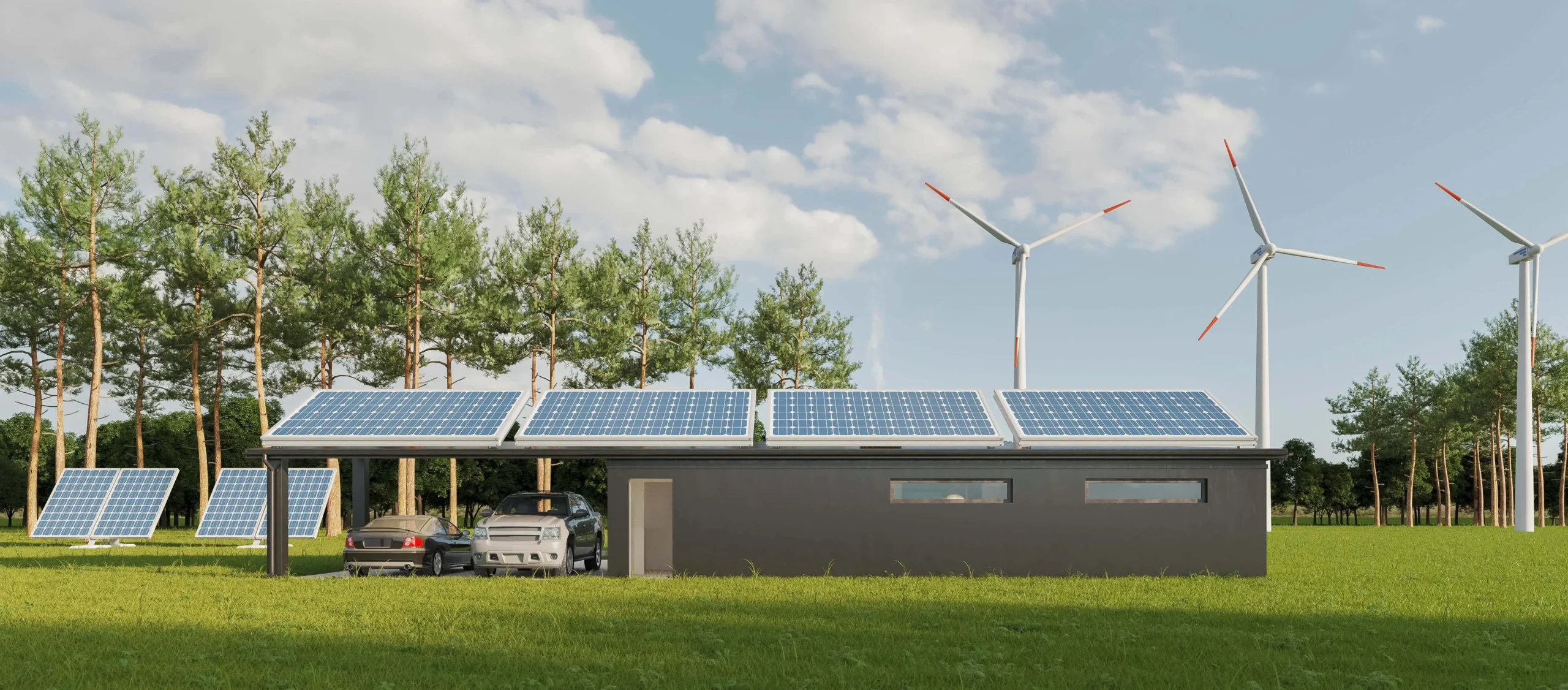
A solar system’s ROI is not just about panels. It is about how you use the energy. Using solar appliances and smart energy habits can:
- Reduce system payback time by 1 to 3 years.
- Increase self-consumption from 30% to 60% or more.
- Boost resale value, since buyers value low-utility homes.
Example:
A family in Austin reduced their grid draw by 45% after switching to high-efficiency appliances and scheduling heavy loads during sunny hours, without adding a single new panel.
Final Thoughts – How Solar Appliances Make Life Easy!
Solar is not “set and forget.” It is an evolving part of your home that works best when you make informed choices, such as upgrading to efficient solar appliances, cleaning your panels, and optimizing your inverter settings.
If your panels have not been inspected or cleaned in the past 3 to 6 months, you might be losing 10 to 20% of your energy output without realizing it.
Schedule a solar system checkup today and start capturing every watt you have already paid for

